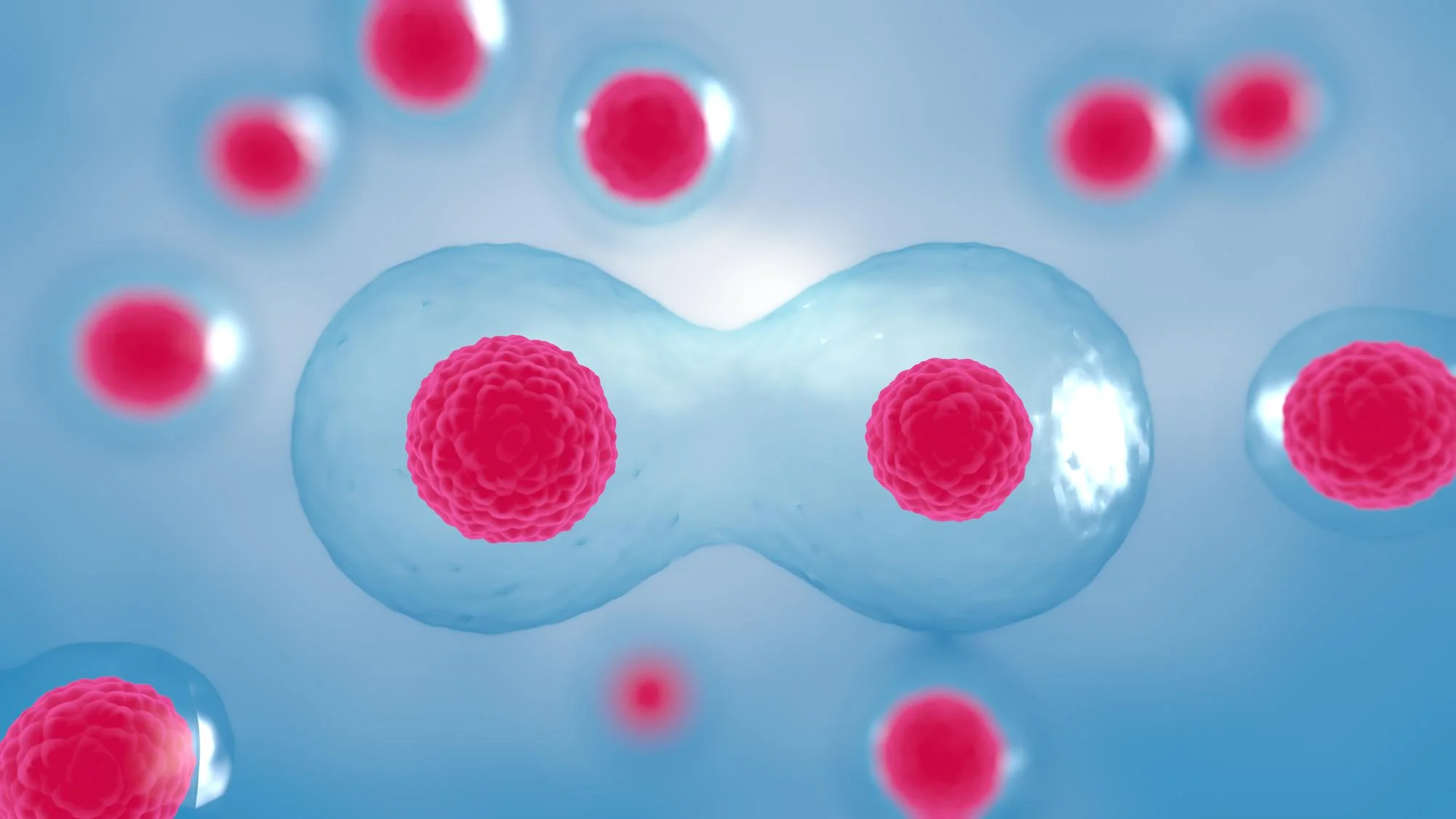Researchers from The University of Tokyo and several other institutions have made a groundbreaking discovery that could explain how DNA’s physical properties influence the self-reproduction of protocells.
A scientific collaboration led by Dr. Matsuo Muneyuki along with colleagues from different Japanese universities has uncovered an intriguing aspect of synthetic biology that could shed light on the early origins of life. Through meticulous experimentation on a giant vesicle-based system, resembling early cell structures or protocells, their study revealed that the length of encapsulated DNA influences the division of these vesicles. This seminal work is titled “DNA Length-dependent Division of a Giant Vesicle-based Model Protocell” and has been published in the distinguished journal Scientific Reports with DOI: 10.1038/s41598-019-43367-4.
Understanding Protocell Division: The Quest for the Origins of Life
Protocells are hypothesized to be the forebears of modern cells and understanding their formation and division is pivotal to unraveling the mystery of life’s inception. The researchers aimed to mimic primitive cell division by developing a giant vesicle-based protocell model, which could provide insights into the conditions necessary for early cellular life to thrive.
Their system, crafted from polyethylene glycol-grafted giant vesicles capable of growth and division, leverages specific DNA-lipophilic catalyst interactions and components akin to polymerase chain reaction (PCR) systems. They sought to determine if and how the length of DNA influences the protocell’s division mechanism.
The Experiment: DNA and Protocells’ Self-Reproduction
The collaborative team encapsulated DNA strands of varying lengths within these vesicles to ascertain the role that DNA length played in the vesicles’ division. They observed that longer DNA strands resulted in a more pronounced division, suggesting a direct causal relationship between DNA length and a vesicle’s ability to self-reproduce. This hints at the possibility that, in prebiotic times, the physical and chemical properties of nucleic acids could have played a central role in the division of protocells.
Dr. Kurihara Kensuke, co-author of the study and contributor to the development of the internal supramolecular catalyst, states that “our results may provide a chemical blueprint illuminating the processes that prepared the way for life as we know it today.”
Theories and Models: From Vesicles to Life
The journey to understand protocell self-reproduction has been long and arduous, beginning with exploratory research, as highlighted by the works of Szostak et al. (2001) and Luisi et al. (1994). These early theoreticians and experimentalists set the ground for what would become a comprehensive exploration into primitive cell models. Various studies, including those by Saha and Chen (2015) and Walde et al. (1994), have tried to explain the origin of life through the formation, growth, and division of protocells.
Kurihara and colleagues’ earlier work in 2017 pointed towards the incorporation of synthetic elements into biomolecular systems to understand life’s fundamental behaviors. The current study advances this concept by introducing DNA length as a crucial factor in the division of synthetic vesicles.
A Step Forward in Synthetic Biology
The work of Dr. Toyota Taro and his team signifies a significant leap in the field of synthetic biology. Their findings provide a model system that could be used to simulate and study the cell cycle of early life forms. Dr. Imai Masayuki, a co-researcher, adds, “Our study bridges a critical gap in knowledge about the role of molecular properties in the self-reproduction of protocell systems.”
The Implications of the Research
This groundbreaking discovery has potent implications in the field of abiogenesis and synthetic biology, offering a detailed glimpse into the mechanisms that may have led to life billions of years ago. The findings are equally significant for the development of artificial life systems, with potential applications in medicine, biotechnology, and even exobiology.
Additionally, these insights could inform the design of artificial cells and contribute to advancements in cell therapy, drug delivery, and biomimetics. Understanding the conditions that promote cellular reproduction could lead to the synthesis of more complex living systems, potentially enhancing our ability to engineer biological tissues and organs.
Perspectives and Future Directions
While this study represents a pioneering effort, the researchers acknowledge that there is still much to explore. The complexity of protocell division necessitates further research into not just the length but also other structural aspects of DNA and associated biomolecules.
As Prof. Hirata Yuiko posits, “Our next steps will include investigating the influence of other nucleic acid properties such as sequence, conformation, and interaction with surrounding membrane components.”
References
1. Muneyuki, M., Kan, Y., Kurihara, K., Jimbo, T., Imai, M., Toyota, T., . . . Sugawara, T. (2019). DNA Length-dependent Division of a Giant Vesicle-based Model Protocell. Scientific Reports, 9(1), 6916. doi: 10.1038/s41598-019-43367-4
2. Szostak, J.W., Bartel, D.P., Luisi, P.L. (2001). Synthesizing life. Nature, 409, 387–390. doi: 10.1038/35053176
3. Luisi, P.L., Stano, P. (2011). The minimal cell: The biophysics of cell compartment and the origin of cell functionality. Springer.
4. Saha, R., Chen, I. (2015). Origin of Life: Protocells Red in Tooth and Claw. Current Biology, 25(10), 1175–1177. doi: 10.1016/j.cub.2015.11.007
5. Walde, P., Wick, R., Fresta, M., Mangone, A., Luisi, P.L. (1994). Autopoietic self-reproduction of fatty acid vesicles. Journal of the American Chemical Society, 116(26), 11649–11654. doi: 10.1021/ja00105a004
Keywords
1. Protocell division
2. DNA length in cell reproduction
3. Synthetic biology and origins of life
4. Vesicle-based model protocell
5. Artificial cell division mechanisms
